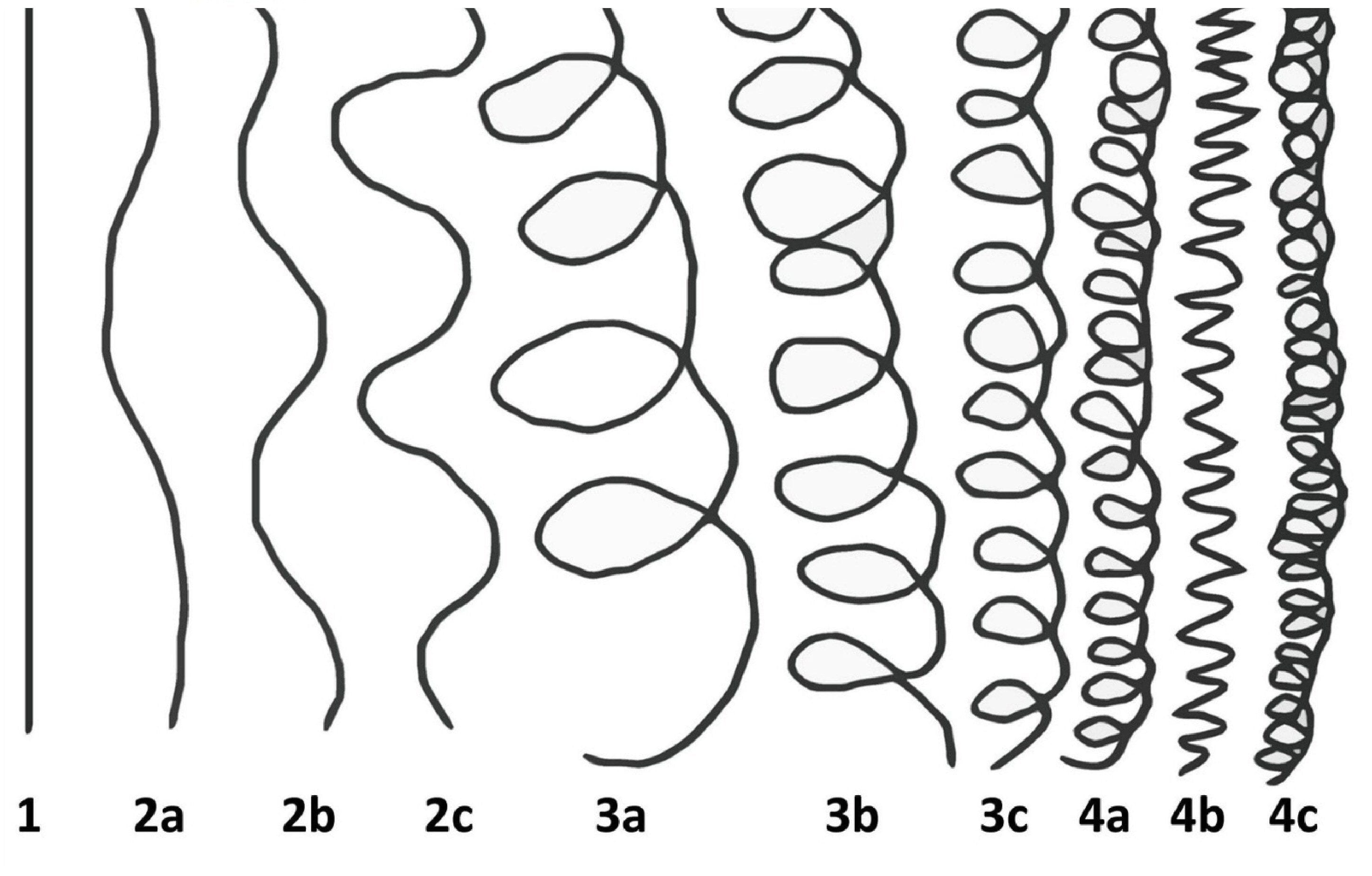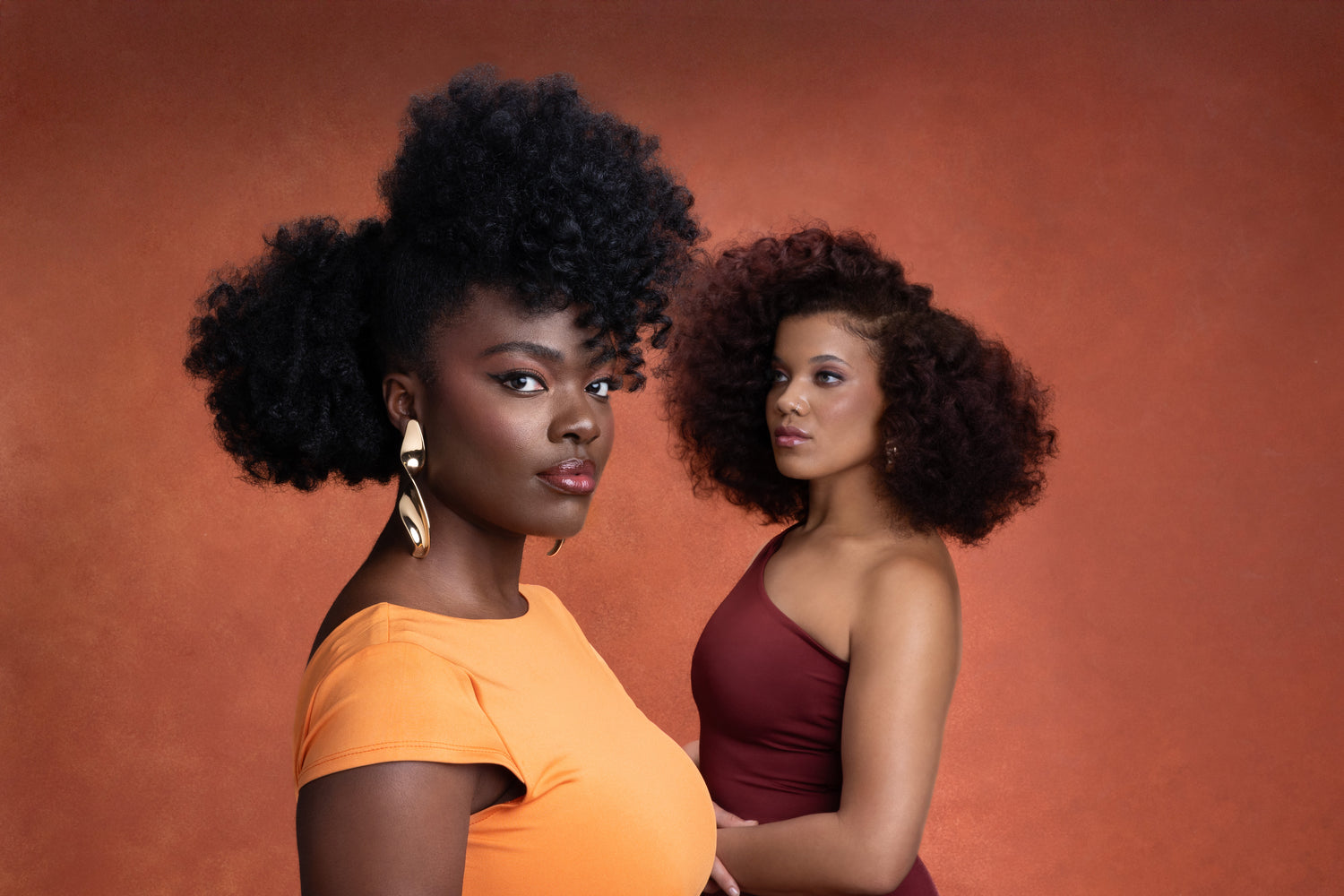Afrocenchix believes that there is only one type and that’s no type. In this blog, we discuss why strict hair typing systems are not scientific and that basing your healthy hair care routine around your hair type is going to hinder, not help, you.
Why Everybody Suddenly Cares About Hair Types
Curly, and Afro hair especially, have largely been ignored by the cosmetics industry. For a long time, people with this hair type were an after-thought. However, in recent times, sections of the industry such as make-up, hair and personal care have finally woken up to the buying power of this demographic and began catering to more people with this type of hair.
However, with more consumer currency clinking about, it sometimes seems as though companies are ready to take advantage of this, or shall we say, maximise their profits. This is one of the reasons why reliable, scientific information on hair care is scarce within the natural Afro and curly hair community. It may pay more to not be transparent and to rely mostly on ‘anecdotal’ evidence that relies on the consumer’s trust and following.
The Andre Walker System
The Andre Walker System is segmented by numbers (1, 2, 3, 4, where 1=straight, 2=wavy, 3=curly, 4=kinky) and letters (a, b, c, where a is the least wavy/curly/kinky and c is the waviest/curliest/kinkiest).
When describing your curly or afro hair, you may say “ I’m type 3” or “I’m type 4”, followed by the corresponding letter. Interestingly enough, the authentic Andre Walker System didn’t include the 3c or 4c categories. People who couldn’t see their hair represented in these subtypes, suggested that the system be expanded to include them. After expressing their concerns they have since added to the system. Can new hair types really emerge or was the hair typing system flawed from its inception?
Within academic cosmetic literature, a numerical categorisation system like the Andre Walker system is recognised but is seen as flawed. Other systems such as FIA, NaturallyCurly, Deva or LOIS are used consumers as they see fit. In general, cosmetic literature differentiates hair as Caucasian, Asian and African as this provides sufficient information about the hair and makes the comparison between hair types easily identifiable. In American literature, the term ‘ethnic’ or ‘African-American’ replaces ‘African’ hair.

What Afrocenchix Cares About
With regards to hair typing, at Afrocenchix, we think it’s enough to know whether you have curly or Afro hair. We also wish to educate the community on what they truly need to have healthy hair.
Different hair types require a type of different hair care but only where the difference is significant. The current culture around hair typing is one that creates an extra need for you. It is centred more on selling and less on educating the customer. This is all packaged under the guise of personalisation. It allows a previously neglected subset of customers to feel included in the industry through the plethora of products that are now available on the market.
To truly understand how hair typing could potentially result in a need to change a hair routine, consumers should first know the difference between hair type, hair texture and hair condition. After this, adequate hair routine recommendations can be made.
Hair Texture
Hair texture is the degree of fineness or coarseness of hair strands (this refers to the circumference or thickness of each strand). Hair texture is typically in three categories of fine, medium or coarse.
Hair Type
Hair type is the form or shape of hair strands, i.e. kinky, curly, wavy, or straight. Each category has its own subcategories. Wavy hair can be a tight or loose wave or somewhere in between. Kinkier textures may have tighter or looser curl and coil patterns as well. Sometimes, one person may have several hair types on their head.
It is here where (in an attempt to correctly ‘categorise’ each hair type) more and more subcategories were created in a numerical typing system.
Hair Condition
Hair condition is not the hair you were born with (type or texture) but the result of what has transformed your hair type or texture to its current state. The change can be physical or chemical.
Physical changes include shampooing, conditioning, heat styling, blow drying, braiding and brushing.
Chemical changes (including those that permanently change the hair’s texture and type) include the following: hair colour, lightener/bleach, relaxers, texturisers, curl softeners and perms.
Density
Keeping a good track of your hair’s density (density refers to the amount of hair strands you have per centimetre squared on your scalp) will help you to choose products that provide more volume, should you need it. It will also help you define any hair thinning around the scalp or if you are facing some type of alopecia.
Moisture
The major key for caring for very curly or Afro hair is retaining moisture. When moisture derived from water-based products or a high humidity environment comes in contact with your hair, it absorbs it like a sponge. However, the water can very easily escape to the environment, so sealing it in (pun intended) prevents the water from leaving your hair. Keep your moisture levels where they should be by using the L.O.C method of moisturising.
Your Hair is More Than a Type
All the information you truly need to know is whether or not you have curly of Afro hair. Knowing more than your hair type, i.e. hair texture, density, current condition and whether it has endured any damage, will help you in tackling more serious problems and getting back on track with healthy hair care practices.
However, having several different products for each specific hair type and texture will not help if you do not accept that Afro hair is largely influenced by its condition. If your hair is lacking moisture it will be hard for it to thrive in future. It's best to pair greater quality products with a robust hair care routine to get your hair to where it needs to be.
Related Articles:

